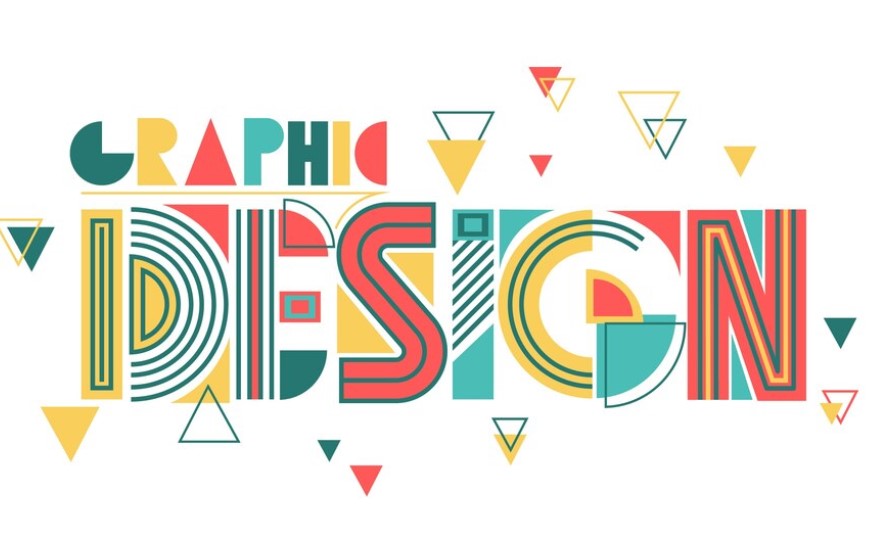Staying ahead in the fields of graphic design, marketing, and advertising is critical for any company. This post covers 25 significant facts that represent the spirit of these businesses while also providing helpful information for both experts and hobbyists. From the influence of visual material to the power of personalisation, these data provide a detailed look at the trends that will shape the future of these sectors.
- Visual Impact: 91% of customers prefer visual material over textual content, with 84% saying that seeing promotional films persuaded them to buy a product or service (Forbes).
- Brand Recognition: Colour may boost brand identification by up to 80%, with 33% of the top 100 firms including blue in their logos (Colorcom).
- Conversion Rates: Emails with personalised subject lines are 26% more likely to be opened, and personalised emails generate 6 times more transactions (Experian).
- Social Media Engagement: Visual material on social media is 650% more engaging than text-only postings (HubSpot).
- Website Credibility: According to Stanford, 46% of website visitors depend their perception of a company’s legitimacy on its website design.
- E-commerce: According to Salsify, 88% of online customers consider product photos “very” or “extremely” relevant in their purchasing decisions.
- Video Marketing: 87% of marketers think video content has increased their website traffic, while 80% claim it has directly increased sales (Wyzowl).
- Mobile Optimization: 57% of internet users will not suggest a company with a badly designed mobile website (Google).
- Brand Loyalty: Consistent branding across platforms can boost income by up to 23% (Lucidpress).
- Email Marketing: According to Experian, personalised emails may raise open rates by 26% and click-through rates by 14%.
- Influencer Marketing: 80% of marketers believe influencer marketing is effective, with firms earning $5.20 for every $1 invested (Influencer Marketing Hub).
- Content Marketing: Content marketing gets three times more leads than traditional outbound marketing while costing 62% less (Demand Metric).
- Customer Experience: 86% of shoppers are prepared to pay more for an excellent customer experience (PWC).
- Personalisation: When companies provide personalised experiences, 80% of customers are more inclined to buy (Epsilon).
- Brand Storytelling: Brands that effectively employ narrative in marketing may boost conversion rates by up to 30% (Medium).
- B2B Marketing: 95% of B2B buyers consider content to be a reliable indicator when evaluating a company (Demand Gen Report).
- Search Engine Optimisation: Blogs have 434% more indexed pages and 97% more inbound links than non-blogs (Tech Client).
- Lead Generation: Companies who use marketing automation have a 451% increase in qualified leads (Annuitas Group).
- Data-Driven Marketing: According to Forbes, 78% of marketers believe data-driven marketing promotes client engagement and brand loyalty.
- Augmented Reality: According to HubSpot, 71% of consumers would purchase more regularly if they could preview things via augmented reality.
- Voice Search: By 2020, voice searches will account for 50% of all queries, with 72% of voice-activated speaker users incorporating their devices into their everyday lives (ComScore).
- Chatbots: According to Invesp, 63% of consumers prefer to connect with a business or brand via an online chatbot.
- Podcasting: According to Edison Research, 54% of podcast listeners are more inclined to consider purchasing from a brand they have seen mentioned on a podcast.
- User-Generated Content: User-generated content can boost online conversion rates by up to 29% (Yotpo).
- Virtual Reality: According to Forbes, 75% of the world’s most valuable brands have developed some type of virtual or augmented reality experience for consumers or workers.
Consumer behaviour, technical improvements, and shifting market dynamics all contribute to the ever-changing landscape of graphic design, marketing, and advertising. The data mentioned in this article highlight the necessity of being informed and responding to developments. Whether you’re a seasoned professional or a beginner, recognising these trends can help you make educated decisions and remain ahead of the competition. As we move forward, the capacity to use data, communicate with audiences, and innovate will be critical to success in these dynamic industries.
